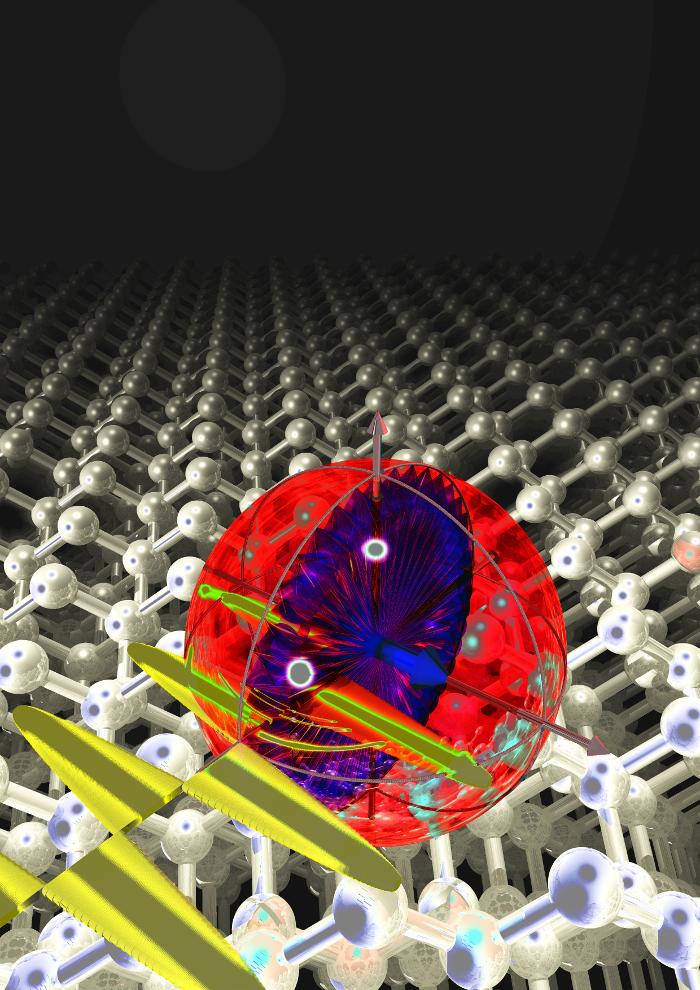New qubit sticks around
 Australian engineers have kept a quantum bit stable for 10 times longer than ever before.
Australian engineers have kept a quantum bit stable for 10 times longer than ever before.
The team from the University of New South Wales says its new development could dramatically expand the length of time that calculations can be performed in a future quantum computer.
Their new quantum bit is known as ‘dressed qubit’, made up of the spin of a single atom in silicon and merged with an electromagnetic field.
Engineer Arne Laucht said ‘dressing’ the qubit makes it “more versatile and more long-lived than the electron alone, and will allow us to build more reliable quantum computers”.
Building a quantum computer has been called the ‘space race of the 21st century’ – an ambitious challenge that seeks to create revolutionary tools to tackle currently impossible calculations.
“The greatest hurdle in using quantum objects for computing is to preserve their delicate superpositions long enough to allow us to perform useful calculations,” said research leader Andrea Morello.
“Our decade-long research program had already established the most long-lived quantum bit in the solid state, by encoding quantum information in the spin of a single phosphorus atom inside a silicon chip, placed in a static magnetic field.”
“We have now implemented a new way to encode the information: we have subjected the atom to a very strong, continuously oscillating electromagnetic field at microwave frequencies, and thus we have ‘redefined’ the quantum bit as the orientation of the spin with respect to the microwave field.”
The results are striking: since the electromagnetic field steadily oscillates at a very high frequency, any noise or disturbance at a different frequency results in a zero net effect.
The researchers achieved an improvement by a factor of 10 in the time span during which a quantum superposition can be preserved.
Specifically, they measured a dephasing time of T2*=2.4 milliseconds – a result that is 10-fold better than the standard qubit, allowing many more operations to be performed within the time span during which the delicate quantum information is safely preserved.
“This new ‘dressed qubit’ can be controlled in a variety of ways that would be impractical with an ‘undressed qubit’,” said Morello.
“For example, it can be controlled by simply modulating the frequency of the microwave field, just like in an FM radio. The ‘undressed qubit’ instead requires turning the amplitude of the control fields on and off, like an AM radio.”
The device is built upon standard silicon technology, and will feed into UNSW’s $70 million deal to connect researchers, business and the Australian government to develop a prototype silicon quantum integrated circuit – the first step in building the world’s first quantum computer in silicon.







 Print
Print